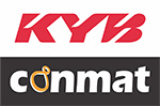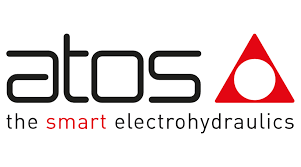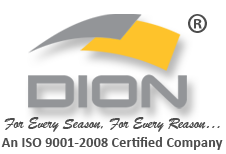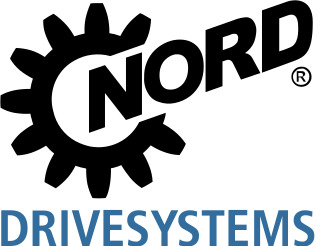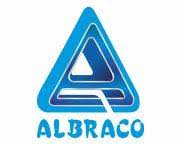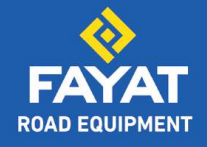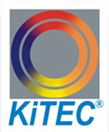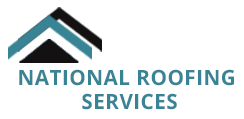Tunnelling is one of our core competencies: Patel Engineering
By Staff Report | March 13, 2025 12:24 pm SHARE
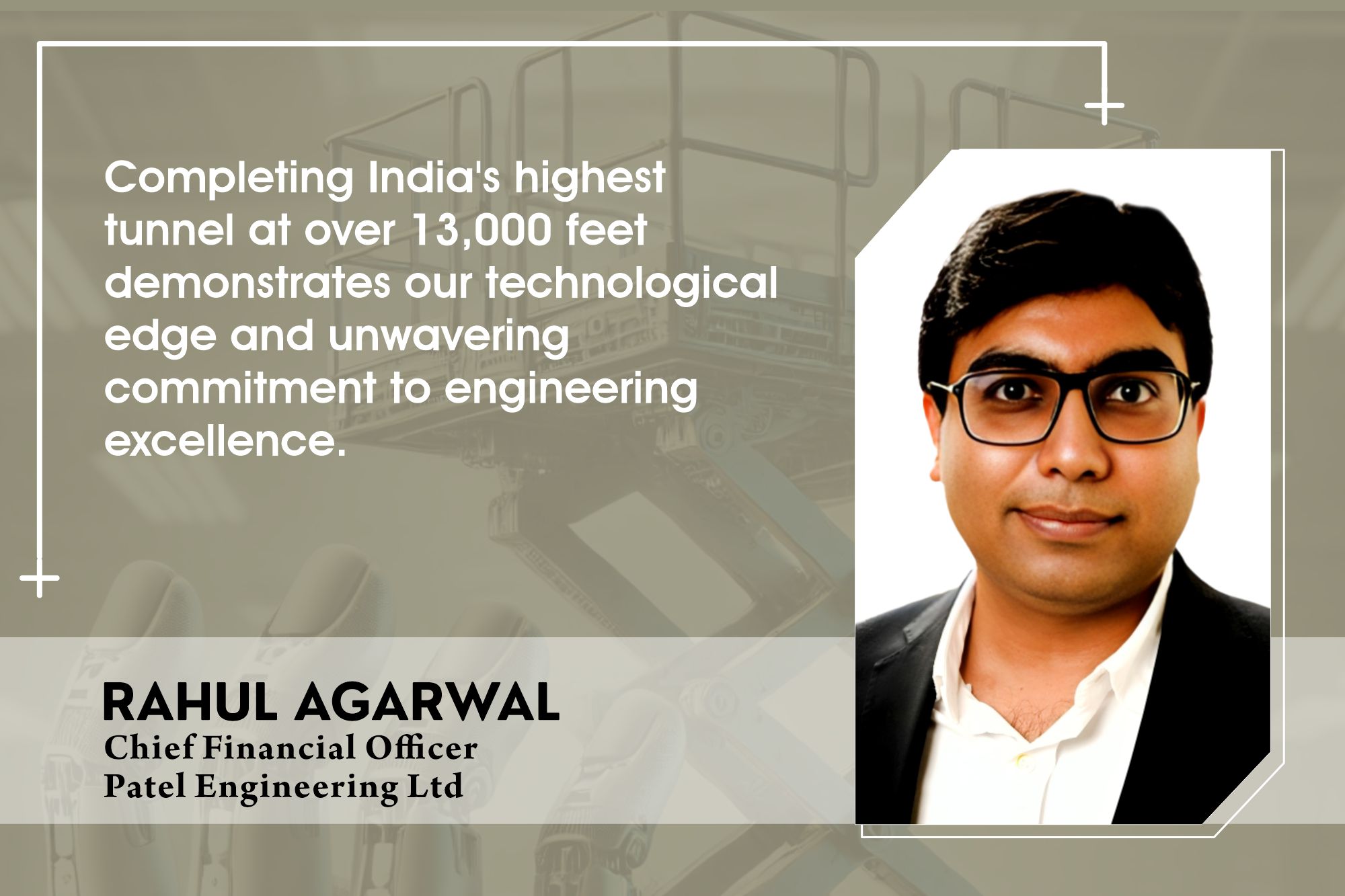
Patel Engineering has completed the Sela Tunnel, the world’s longest bi-lane tunnel and India’s highest. Using cutting-edge tunnelling technology, the company overcame significant challenges posed by extreme altitude.
What were the key challenges faced during the transition from INR 5,000 crore debt to INR 1,500 crore, and how did you overcome them?
Our financial transformation journey is a testament to our strategic vision and resilience. With a debt of ₹ 5,000 crore, we implemented a multi-level approach to reduce it to just ₹ 1,500 crore. We prioritised monetising non-core assets, such as selling real estate and realising funds through arbitration awards and claims, which provided substantial resources for debt repayment. This allowed us to streamline operations and focus on our core competencies. We also grew our order book from around INR 10,000 crore to around INR 17,000 crore, and with a commitment to improving operational efficiency and cost management, we generated higher operating cash flows. These enhanced cash flows enabled us to allocate more resources toward debt reduction. Our disciplined financial planning and debt management approach has ensured a robust and resilient balance sheet.
These steps have positioned us for future growth and opportunity. With a healthier debt-to-equity ratio and an order book of around INR 17,000 crore, we can leverage emerging opportunities in government infrastructure projects. We have strengthened our foundation and ability to deliver ambitious projects and create long-term value for our stakeholders.
How has adopted the Tower Belt Concreting System improved your competitive edge in project delivery?
We have continuously been at the forefront of adopting and developing innovative technologies to improve project operational efficiencies. Among our notable in-house developments is the Tower Belt Concreting System, which transfers concrete via a conveyor belt operated by an electrical mechanism from a batching plant located at some distance directly from the site. This innovation has streamlined material transportation, setting new standards for construction efficiency.
The system significantly reduces the time required for concreting activities, ensuring continuous and efficient material flow, minimising delays, and accelerating construction progress. Its use of electric power saves on diesel consumption and operational costs and aligns with sustainable practices by reducing carbon footprints. Such cost-effective and environmentally friendly innovations have helped us maintain our competitive edge by completing projects on time while ensuring quality.
What are the key challenges of tunnelling at high altitudes, such as in the Sela Tunnel project, and how did you overcome them?
Tunnelling is one of our core competencies, and we have always embraced technology to make tunnelling safer, faster, and more cost-effective. We use advanced Tunnel Boring Machines (TBMs) that allow for accurate and efficient tunnelling, with integral features such as communication systems, lighting, ventilation, and dewatering, ensuring safe and controlled working conditions. Micro Tunnelling Technology has also been invaluable for constructing underground networks in urban areas with minimal surface disruption. The New Austrian Tunnelling Method (NATM) has notably reduced construction timelines in projects like the Sela Tunnel while improving overall efficiency.
To date, we have successfully completed over 300 kilometres of tunnelling work. We recently completed the Sela Tunnel project, the world’s longest bi-lane tunnel and India’s highest tunnel project, at over 13,000 feet.

What cost-saving benefits have you observed by replacing diesel-based equipment with electric-powered systems?
The Tower-Belt Concreting System is a prime example of how we’ve applied automation and mechanisation to improve construction efficiency. Electric-powered conveyor belts transfer fresh concrete directly from the batching plant to the construction site, bypassing the need for transit mixers or dumpers. This reduces interference at the construction site and ensures precision in material delivery.
Materials are moved continuously through automation, accelerating construction time. The system also saves on diesel, minimises operational costs, and reduces manual labour requirements. Additionally, using electric power aligns with our sustainability goals, as it reduces carbon footprints during construction activities. This combination of efficiency, cost-effectiveness, and sustainability underscores our commitment to timely delivering high-quality projects.
What role does digital transformation play in improving efficiency across your project sites, and how are IoT and SAP systems contributing to enhanced operational outcomes?
Digital transformation is critical to enhancing efficiency across our project sites. We’ve implemented SAP systems at all project sites, automating critical processes from site-level accounting to office functions. This has improved monitoring and streamlined decision-making across planning, execution, and financial oversight. The system has significantly improved operational accuracy and workflow efficiency.
We’ve also introduced IoT-based systems to monitor diesel consumption across vehicles and equipment, helping us track fuel use, identify inefficiencies, and optimise resource allocation. These initiatives not only save operational costs but also improve resource usage. Our Tower-Belt Concreting System is another example of how digital transformation enhances project execution. The system’s value engineering boosts output and creates significant cost reductions.
What government incentives or reforms would you like to see implemented to ease the burden on infrastructure developers working in remote regions?
To ease the burden on infrastructure developers in remote areas, I’d like government incentives to improve financial viability and reduce operational costs. For example, tax breaks or accelerated depreciation on assets used in challenging environments would boost cash flow and make capital-intensive projects more appealing. Long-term financing options with reduced interest rates or acceptance of surety bonds instead of bank guarantees would also reduce the financial burden on infrastructure companies.
Simplifying regulatory procedures and streamlining project permissions would speed up project implementation. Additionally, subsidies for infrastructure costs such as transport and logistics are essential, as these costs are often higher in remote regions. Overcoming these financial and logistical hurdles would allow the government to support infrastructure development better and improve connectivity in remote areas.
You have a projected 15% year-on-year growth target starting from March 2026. What strategies are in place to achieve this, and how will you manage the scaling up of operations?
We are confident in achieving our projected 15% year-over-year growth starting from March 2026. The government’s focus on infrastructure spending, particularly in sectors like hydropower, tunnelling, and irrigation works, where we have a strong presence, provides us significant opportunities. We plan to consistently grow our order book and invest in advanced technologies to enhance project efficiency, decision-making, and resource utilisation.
Over the past few years, we’ve expanded our employee base from around 1,200 to around 4,500, and we continue to focus on upskilling and professional development. We’ve also formed strategic partnerships to leverage complementary strengths, share risks, and access new technologies and markets for large projects. By maintaining financial discipline, reducing debt, controlling costs, and investing in employee training and project management systems, we are well-prepared to scale up operations and achieve our growth targets.
Cookie Consent
We use cookies to personalize your experience. By continuing to visit this website you agree to our Terms & Conditions, Privacy Policy and Cookie Policy.









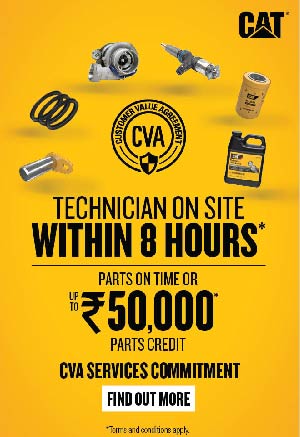


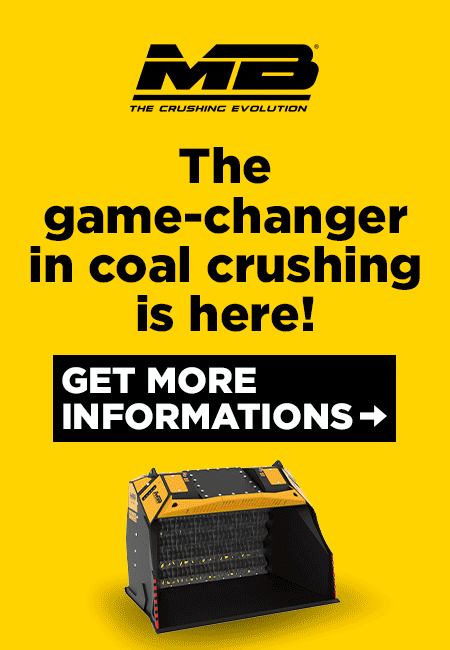








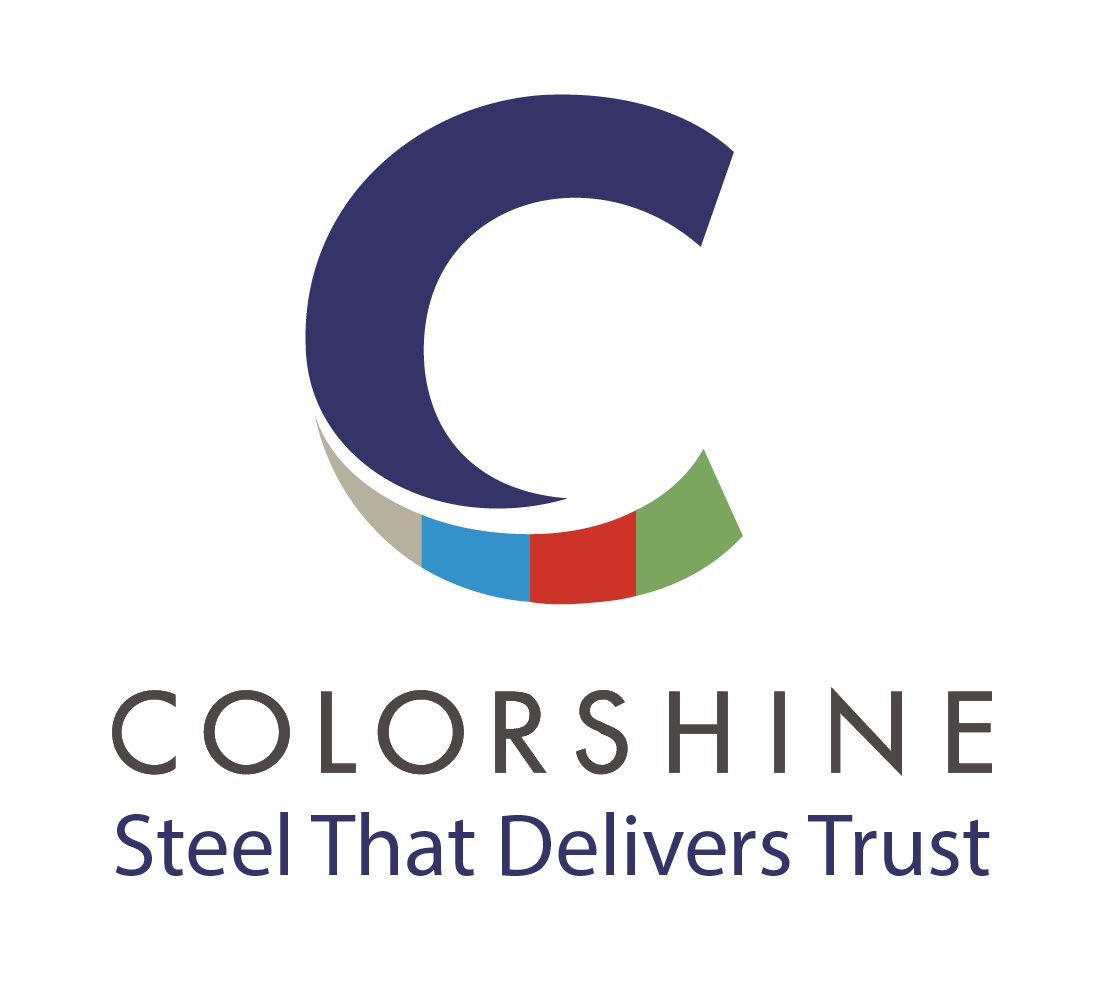




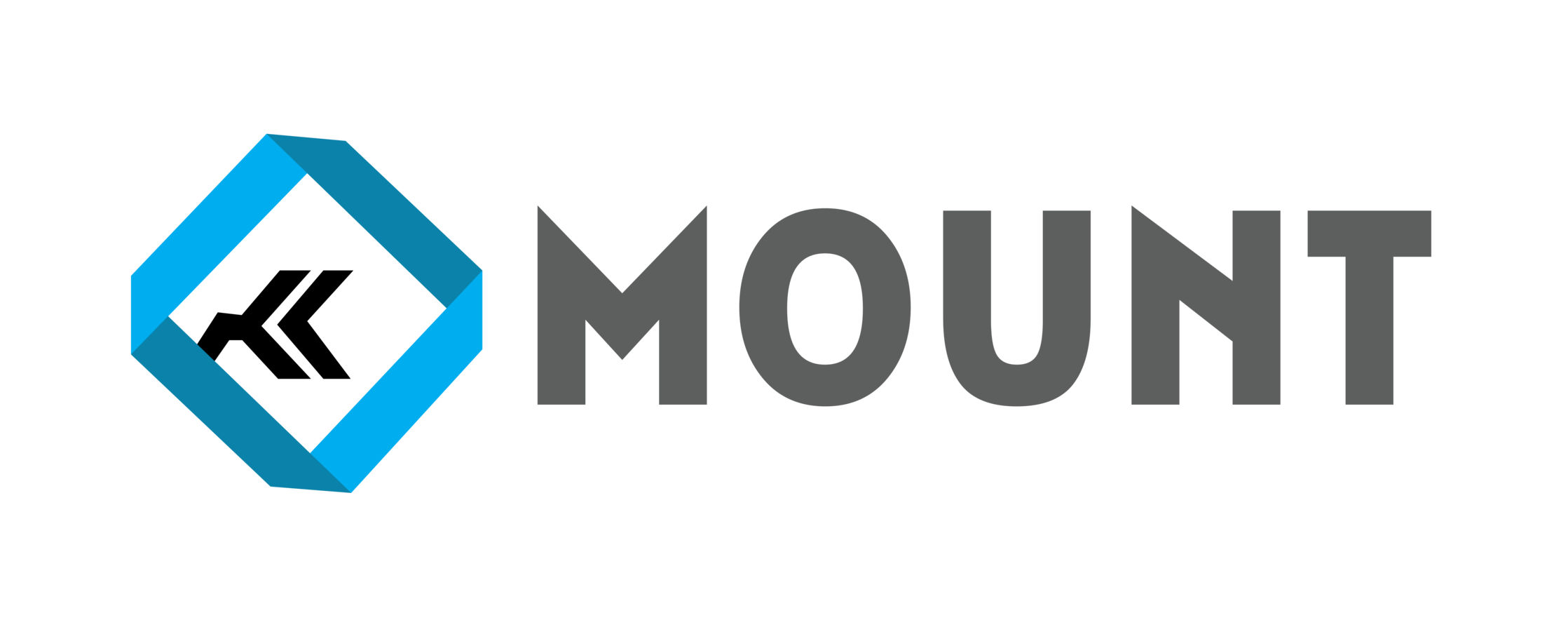




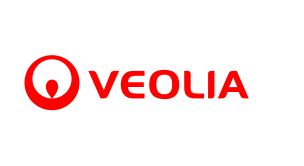

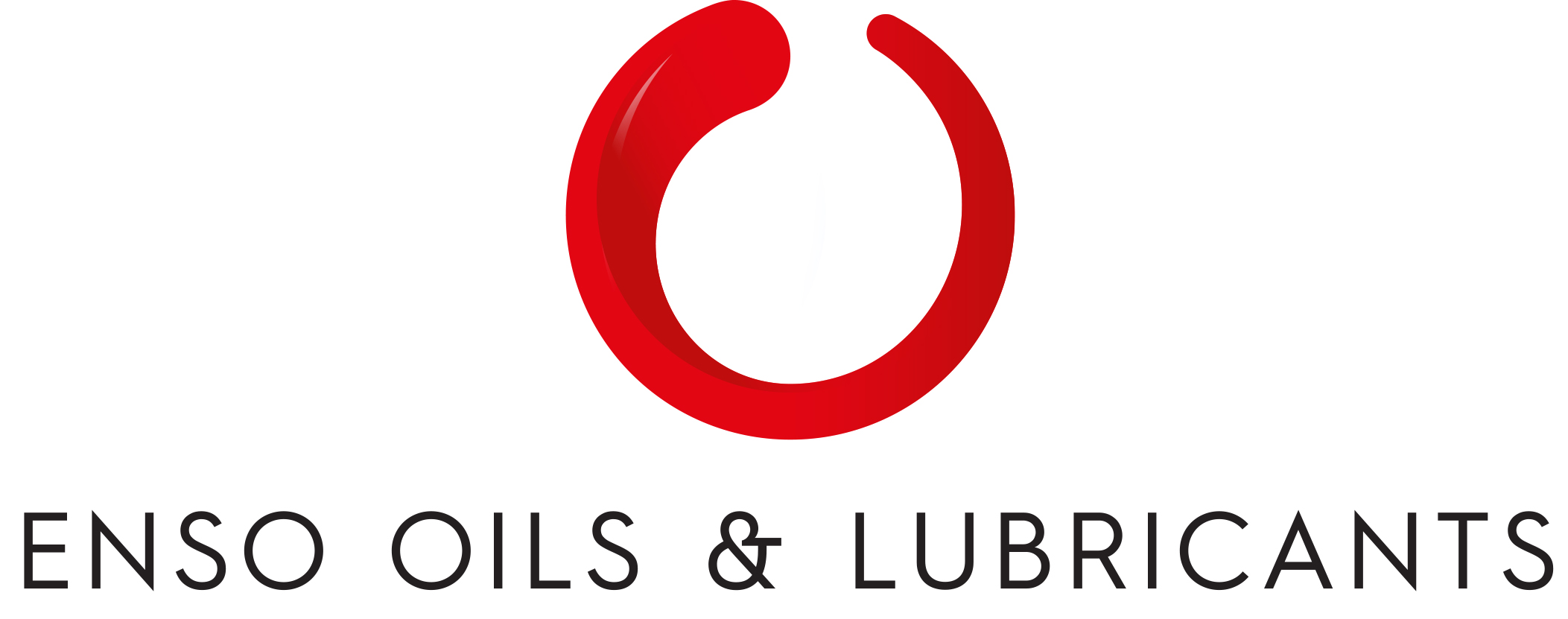

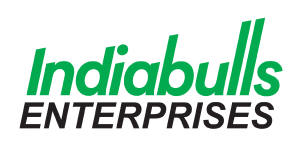
-20240213125207.png)

